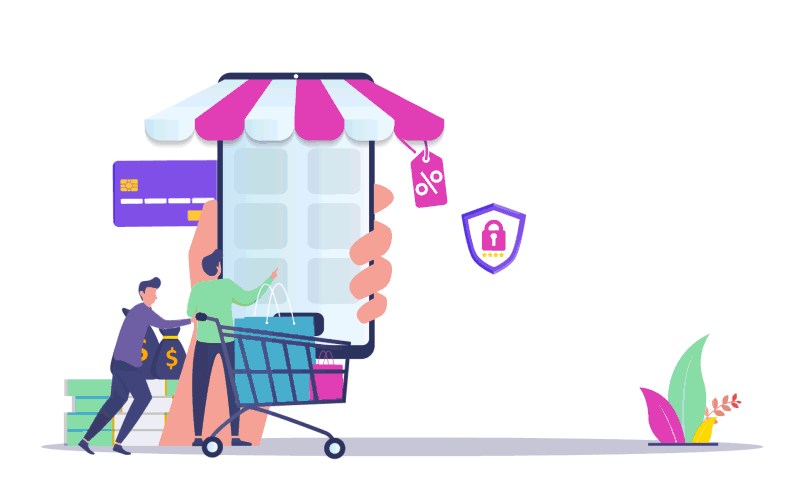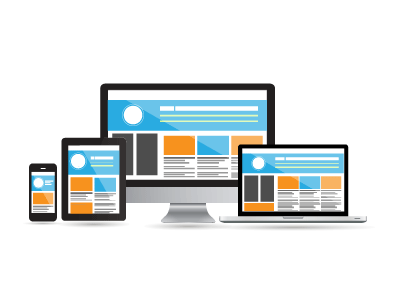
Web design is the process of creating websites. It encompasses several different aspects, including webpage layout, content production, and graphic design. While the terms web design and web development are often used interchangeably, web design is technically a subset of the broader category of web development.
- Improved User Experience. …
- An Increase in Mobile Traffic. …
- Faster Website Development. …
- Easier Maintenance. …
- No Duplicate Content Penalty. …
- Simpler Website Analytics. …
- Better Website Loading Times. …
- Lower Bounce Rates.
These types of websites include blogs, corporate, ecommerce, portfolio or photo-sharing, crowdfunding, news/magazine, social media, TV or video streaming, educational, portal, and a wiki or community forum.
The Importance of a Website for Your Business Success. Most consumers are looking online for information that will help them make smarter purchasing decisions. In fact, according to the eCommerce Foundation, 88% of consumers will research product information before they make a purchase online or in the store
Web design is important because it impacts how your audience perceives your brand. The impression you make on them can either get them to remain on your page and learn about your business or leave your page and turn to a competitor. A good web design helps you keep your leads on your page.
Web design is a process of conceptualizing, planning, and building a collection of electronic files that determine the layout, colors, text styles, structure, graphics, images, and use of interactive features that deliver pages to your site visitors.
E–Commerce websites are online portals that facilitate online transactions of goods and services through means of the transfer of information and funds over the Internet. … Now, with a single website, anything and everything that a transaction needs, can be executed online
There are six basic types of e–commerce — Business-to-Business (B2B), Business-to-Consumer (B2C), Consumer-to-Consumer (C2C), Consumer-to-Business (C2B), Business-to-Administration (B2A) and Consumer-to-Administration (C2A) — and all of them represent a different purchasing dynamic
- Create a blog that drives traffic. …
- Invest in a good PIM software solution. …
- Use shopping ads from the start. …
- Get your products on as many channels as possible. …
- The more you automate your processes, the faster you’ll grow. …
- Invest in the right software from the start. …
- Invest in search marketing.
Yes, eCommerce is a profitable business. … A lot of suppliers choose to open an shop on e–commerce platforms. They operate there and make profits, and the platform can also make profits through their services. Platforms like Alibaba, Amazon, JumoreGlobal, EC 21, erc are good examples.
The four eCommerce business models are business to business (B2B), business to consumer (B2C), business to government (B2G), and business to business to consumer (B2B2C). As the name implies, business to business (B2B) is when a company markets its products or services directly to other businesses





